Leaderboard
Popular Content
Showing content with the highest reputation on 2019-01-04 in all areas
-
A while back, a mod was made by @s0600204... which implemented a civ selection screen. It's now way out of date, but it worked when it wasn't out of date: Basically you could sort civs by various criteria (given in the civ.json files), and selecting the civ icon gave you a bunch of information about it. If extended, such a screen could let the player choose randomization options, such as choosing to play a civ of the "Greek" culture, but then letting the game choose which one for you. Likewise geographically or time frame or whatever. Perhaps something like this, but better of course:5 points
-
So, this has been discussed in the past, but no conclusions were ever made and thus no decisions made on the design level. I think the loading screen could use some improvement, because right now it is rather static. Here is an old concept for some loading screen improvements (but is not a coherent design by any means) that I once found on the forums: Another idea I had was to have the current design with the "tips" but either have the tips rotate automatically every 10 seconds as the map loads or there can be left and right arrows that lets the player cycle/scroll through them at their leisure as they wait for the match to load. But most assuredly, I think the general aesthetics of the loading screen could definitely be improved.3 points
-
3 points
-
2 points
-
2 points
-
Originally I suggested the Mill hill Deal Warrior to be a battle-druid for the Britons, to give them something classy and different. Edit: I will maybe retract a tiny bit my previous statement about the horns. I just realized that this kind of horns is exactly the same represented on three items: the Bulgarian helmet, the Gundestrup Cauldron suggesting Thracian technology and a statuette found in Denmark, probably Thracian as well. Therefore the horns could be more related to Eastern Celts or even Celto-Germanic cultures. Edit2: I suggest to kept these helmets horns for Galatians or if we make a late elite cavalry unit from the Belgians (an idea I have). The Treveri were famous horsemen, heavily recruited by the Romans even after the Gallic Wars. The regions of Treveri is as well a major place of production of Post-Gallic Wars Celtic scabbards with bronze decoration, probably for the Celtic auxiliaries. These scabbards as been found even in Poland, probably because some Gallic and Germanic cavalrymen have been serving together in the Roman army.2 points
-
Another aspect of the game that could use some general improvement is the look and layout of the tooltips in the game. Currently, it seems that the tooltips keep getting loaded up with extra information making them look worse and worse. I think it's time to step back and redesign their look. Here is something that could look nice for a "basic" tooltip: A "detailed" tooltip layout could follow similar designs.1 point
-
1 point
-
1 point
-
1 point
-
Not sure about the shortcuts for the "Load", "Cancel" and "Delete" though Enter, Del and Esc are good canditates. You currently can't run two instances of the game on windows, when using the release version. That is because on Windows, software have an exclusive access to files. That is a known untrivial bug to fix. We could require only one instance of the software though http://www.flounder.com/nomultiples.htm For the other crash a short summary would help. The crashlog.dmp and crashlog.txt are required to do anything. If it crashes when trying to load a savegame, the savegame could be attached. If the crash is constantly reproductible, a step by step is nice.1 point
-
1 point
-
An embellished version of the Aigai Palace could be the Macedonian wonder...1 point
-
well not for the main game but for our mods possibly yes @stanislas69 @wackyserious what do you think?1 point
-
1 point
-
Seems interesting and worth the read... Funny, because I was collecting some visual references for Hellenistic palaces, to help differentiate them from the Hellenic Civic Centers in-game. I like the two storied facade of the Macedonian palace of Aigai in particular, which could be a very useful ref for @LordGood. Since you've done such an amazing work, on everything really, but especially seen the latest updates to the Athenian and Spartan civs, this could help you along a little further. I'm not an expert though, and I find it difficult to assess the accuracy of the refs (on account of the variety in interpretations), maybe @Anaxandridas ho Skandiates or @Nescio could discuss them a little more in depth. The Macedonian palace at Aigai (Vergina), https://www.aigai.gr/en/explore/museum/palace/aiges/vergina Slightly different interpretations. Macedonian palace at Pella, http://pella.virtualreality.gr/en.html The Tobiad palace of Qasr al-Abd, in Iraq al-Amir, Jewish Hellenistic architecture in Jordan. Some kind of governors residence under the Ptolemaic Dynasty. May have fallen into disuse after the Seleucid conquest of the region. https://books.openedition.org/ifpo/4894 Another thing I've been meaning to bring up. The Seleucids are one of my favourite civs in game. Their building models looks gorgeous! My problem with them is that someone who's unfamiliar with Seleucid history, will be unable to even guess where in the ancient world they were located. There are very little hints about the Middle Eastern empire they ruled. I suggest adding the "Bit Resh" as a special building to their building roster. The Bit Resh was a large temple complex dedicated to Anu and Antum, and featured magazines and "administration and scientific archives", apparently attached to a scribal school. It was built by Anu-Uballit Nikarchos, governor of Hellenistic period Uruk. Yes, that 5000 year old city was also an important centre under the Seleucids. It's built in a revived classical Sumerian/Babylonian architecture in 244 BC, which makes it rather special, and emphasises the complicated cultural context of the Seleucid Empire. http://www.artefacts-berlin.de/portfolio-item/uruk-visualisation-project-the-seleucid-period/1 point
-
1 point
-
It is weird, isn't it? Why this survived and not the others things from the Bronze Age? I agree, the sea peoples are maybe nothing related to the nordic world but they could be related to the nuragic. The subject of the horned helmets is very complex and it is really mysterious. Why we find nothing during the migration period? Excepted a few relief about the berserkers, the horned helmets seem to be never used. It could be something exclusive to the mythology and to the religious practices. Or maybe for the standard bearer and carnyx bearer like the Tintignac helmets and the Bormio relief suggest. Exactly like the masked helmet from the Romans, their existence doesn't mean it is something widespread in the whole army.1 point
-
I tested your mod and it was awesome. Keep it up. One thing to note is that the takes long to research unit upgrades. Palisade walls also need a medium and long variant.1 point
-
It is plausible I think. It is a free interpretation from the artists but it could have been the case. The horned helmet from Bulgaria? The problem is in its basic typology, it is a Hellenistic helmet, never seen further in the continent. It could be better on a Galatian unit, probably an helmet more suited to a cavalry unit but even for an infantryman it is plausible. The problem with the horned helmets is the confusion with mythological sources and roman misconceptions. There are others depictions, mainly on the Arc of Orange, but the typology is problematic. They are clearly Hellenistic helmet as well, never seen elsewhere. It has been suggested in the literature than the Romans used sometimes common relief cliché, mixing weapons from different periods to make the battle more heroic and Homeric, even to depict their own men. The question now, are there horned helmets among the Celts? Definitely. The Gundestrup cauldron shows horsemen with horns, birds and boars. I think the type of horns from the Bulgarian helmet is good, but the helmet below is not a common type among the Gauls. There are also others strange helmets found in France, at Tintignac but they are related to a carnyx carrier and religious practice. We know the Gauls did have the equivalent of signifer, therefore it is speculated that this is the kind of helmet they could have used. The Deal warrior helmet is a kind of headdress found several times in Britain but robbed several times as well. Most of them have disappeared. The Deal warrior is suggested to be a druid and it is one of the reason than experts are casting doubt about the "Celtic monolithic culture" from previous historians, since this is a thing found only in Britain. Now they are coming backwards because they have found a Druidkrone in Germany, different but with some similarity. Honestly we absolutely don't know anyting about their function yet but there are numerous hints pointing to a religious role of the person wearing it.1 point
-
I agree, it would be the easiest solution. My proposals are part of a context where other people propose to better differentiate the two factions for a long time. I think there is a real opportunity to seize and there is enough material to make two different roster. I will make a short summary of the history of Celtic warfare and how things have settled differently on the islands compared to the continent. The continental Celtic culture where the Gauls come from is known as the La Tène culture. This culture appeared in three regions around 500BC: Marne-Champagne (Northeastern-France), Hunsrück-Eifel (western Germany) and Bohemia (Czech republic). This culture has spread in all the direction in a short time and in 400BC they started to be a threat to Rome. We don't know how they spread so fast, migration and conquest are not enough to explain it. The period between 500 BC to 350 BC is often described as the Early phase of the La Tène culture. During this period, the Continental Celts (Gauls) use mainly the chariot for the war. There are plenty of burials with chariots and simultaneously a lot of javelins, of shield decorations with bronze applique and of very decorated helmets and scabbards. Between 350 to 200 BC a new phase described as Middle La Tène occurred with a progressive switch from chariot warfare to cavalry warfare. Chariots burials are far less frequent, the swords start to become longer and shield bosses are simpler but more practical with a net increase in their sizes and in their frequencies through time. A new art started to appeared, mostly on scabbards, from Central and Eastern Europe and has become very popular in the continent. During this period, the infantry start to grow in importance as well as the Romans described often Gallic armies to use different shield walls formations they called phalanx and testudo (the terms are misleading and confusing, this is not the same testudo than the imperial roman armies). Between 200 BC to 50 BC, it is a period described as Late La Tène where the transformation of the Gallic society is important. Urbanization and fortification are more frequent and more elaborated. The economy and trading boom up, a lot of import and export in direction with the Roman world start to occurs. Moreover the coins start to be accepted in the Celtic culture. The switch to a cavalry elite warfare is continuing, the swords become specialized with long version for the cavalry and slightly shorter ones for the infantrymen. Oppida are growing and are spreading from Central Europe and Southern France in direction of Northern France. When the Gallic Wars occurred, the late phase wasn't over and was still in maturation. The Belgians are described by Caesar as more belligerents and more brave. The Nervians are described as having an elite warrior class fighting in foot contrary to the others Gauls. This different description from Caesar agrees with the archeological records suggesting that the Belgians had smaller oppida, often with a role of hillfort more than cities contrary to the Arvernes for example. Therefore, the Late phase wasn't as much developed in the North-East than in the others parts of France. The uprising of Ambiorix shows striking difference with the other Gauls and Belgians in his tactics, with more skirmishing and ambushes. While the Eburones are as well the more distant tribe from the southern Gauls. The Britons have a different history. There isn't a sudden change in their culture in the whole island. The first significative change during the Iron Age occurred with the Arras culture in Yorkshire. This culture has striking similarity with the Early phase of the continental La Tène. A lot of chariot burials very decorated, a lot of javelins, decorated scabbards and decorated shield bosses with bronze applique. This habit of having prestigious weapons and chariots spread first in Wales, Cornwall and Wessex and later in the whole territory of the actual England. It was a process that took a long time, from 400 BC to 150 BC. Farming developed and hill-forts spread intensively during this period. The period after 150 BC is known to have seen the development of the Aylesford–Swarling culture, with simultaneously more connection between the Belgians tribes and the Britons. This period seen a slight development of the swords in length but generally it has kept the main basis for their warfare culture: chariots, decorated shield bosses, javelins etc. The understanding of the culture of the British Iron Age is much more complex because of far less burials. For example in Dorset they had the custom to not bury every deceased persons, probably related to different beliefs. But clearly, the warfare tradition in Britain didn't have follow the same evolution than the Gauls. They used chariots for warfare from 400 BC to 70 AD. There is also the interesting customs of using bone-javelinhead in Britain, in Scotland and in Ireland as well during the iron age. In conclusion, the Britons share more similarity with the Gauls of the Early phase of La Tène, probably with a slight transition to the cavalry when the Gallic Wars occurred and perturbed the evolution. If we add the different accounts from Roman historians, we should conclude they had different way to fight during the wars. The Gauls started to have a warfare tradition based on the chariots, on Homeric combats and mobility. Then they switched to focus first on the infantry and the cavalry as articulate pieces of the battles to finally focusing mainly on the cavalry at the end, especially among the elites warriors. While the Britons kept a focus on chariot and on mobility, with clearly the same custom of overdecorating the weapons as suggesting more Homeric combats.1 point
-
Part of the reason why I added so much bags in the new druid texture.1 point
-
@Itms might have some ideas, after all it's his favourite question to answer, when we are giving talks1 point
-
IDK if it's just us, but I know that too. I tried formations yesterday, and it was every bit as unsatisfying as I remembered it. First I tried a Phalanx, which caused the involved pikemen to turn back (instead of towards the other units/their previous destination) and block a choke point (which I didn't want). Then I tried an open formation which made the involved units too dumb to move properly, also I couldn't queue commands. So even though I had a leader giving a bonus to formations I decided to do without it...1 point
-
The account from Pliny is legit and it could be a real tradition, though I won't believe easily his statement about human sacrifice since the Romans have a true problem to talk about it, often exaggerating the reality. The sickle is definitely something plausible but I don't think it is really the symbol of the Druids. It seems more to be a sacred tool used at specific events. Druids have different roles, they are also healers and chirurgeons/surgeons, guardian of laws and memory and philosophers. Therefore I suggest that the sickle could be a part of their tools but probably medical tools and divinatory tools as well. Archeologically, the subject is very very complicated but there are some findings of medical tools and even a bone helicoidal pendulum. The difficulty comes from the fact there are weapons in these burials sometimes. There is also actually something interesting in Britain with several divinatory rods in copper and iron found: About the staff, I have no idea. Nothing really prove or contradict it. Maybe a golden gilded staff is a possibility. We know there was a golden gilded tree cult in Manching, however it is not a staff nor something easier to carry. I just say that technologically, the Celts know how to gild a staff in gold. Seriously, it is one of the most complicated subject. I have read only Christian-Joseph Guyonvarc'h, Jean-Louis Brunaux and Raimund Karl on this matter and honestly... they are contradicting each others. For example Guyonvarc'h relies mostly on Irish literature whereas Brunaux avoid to use Irish literature. It is very difficult for me to take a position on this subject, there are some concordance but this is still a black box even for experts.1 point
-
What's the point of soldiers gathering resources anyways? We had this discussion SO many times, and each month there's some different issue that pops up around it and causes trouble. One time it was raiding cavalry for hunting, then it was skirm cavalry, now it's skirmishsrs/slingers. Every RTS game has resource gatherers and military separated. 0 ad has both. One is unnecessary. Just remove the military resource collection already. It's been discussed for years taht it's a crappy concept and is no improvement or unique/interesting at all. About the Slinger/Skirm/Archer differentiation: In a game type like 0 AD currently is you don't need all of them at all. It would be best to use slingers OR archers. I.e. factions that were known as "bow masters" get an archer line, factions that relied on slingers get a slinger line, and both counter melee infantry units. Skirms are made counter archers and counter spears. Problem solved. Alternatively it would be intesting to create a different concept for ranged units in general. Archers have good range, and deal consistent damage over all ranges and medium speed. Have the option to "rain arrows" on areas or use fire arrows that demoralize enemy units aswell. Consistent, high rate of fire, and good accuracy (based on the type/experience of the archer). Upgrades rely on giving better armor and higher range + rate of fire. Slingers have a good range aswell, but their missiles to more damage on close range than higher range, and their accuracy is much worse at high range. Their speed is also better than archers. Also opposed to bows they can only improve their accuracy and damage, but not range. Skirmishers start off with the lowest range and highest missile damage, but low rate of fire and mediocre mobility. Upgrades give better armor and better damage. So slingers would dance around and try to get good short range shooting positions while skirms would try to attack as many different units to provide maximum damage, and archers would be used in large formations to support their melee units by demoralizing and damaging the enemy from afar. The mounted counterparts could be made exclusive for certain civs, so they get only basic skirms but also mounted skirms (sort of like a unique unit), and factions with cav archers get them instead of regular archers. Although I'm sort of over those generic tech trees for a dozen factions anyways... If I want that I play AoE II.1 point
-
Why not make use of something similar to DE massed shield bonus for melee units? With slingers in proximity of other slinger units having negative effect and archers in proximity of other units of their types gaining positive.1 point
-
Happy New year's everyone, let's start off 2019 with a new version of Hyrule Conquest Moddb Download: https://www.moddb.com/mods/hyrule-conquest/downloads/hyrule-conquest-04 Zip download for those that can't use exes: https://www.dropbox.com/s/wmfo1xj5t0xc4jl/Hyrule.zip?dl=01 point
-
1 point
-
Agree with shuttle speed idea - simple one dimensional (economy) balancing step in the right direction not necessarily, could be a possible upgrade (+pierce/hack? dmg)1 point
-
Delenda Est will add approximately 60 civilizations (lol) to the game 0 A.D. all based on 14 culture group in the Eastern Hemisphere between 500 BC and AD 500. It's my hope that the cultures UI mod can get working again to help make the culture groupings a real. Each civ will have its bonus and penalty as well as each culture will have its bonus and penalty. A civ can be in more than 1 culture group, giving the attributes, bonuses and weaknesses of each culture group it is in. GUI Something like this, but with drop-down list for cultures. Final civilization list with all modded civs, original civs, and the Han from Rise of the East: Africans Common Attributes: African war elephants, strong land trading Balkans Common Attributes: Skirmishing bonuses, good sword infantry, high attack, low armor Celts Common Attributes: Weak buildings, fast construction, fast-moving units, Rotary Mill Chinese Common Attributes: Massed infantry, population bonus, use of fire, crossbows Egyptians Common Attributes: Temple and healer bonuses, strong expensive tier 2+ buildings, free tier 1 buildings, mercenaries train instantly Germans Common Attributes: Capturing bonuses, "Ambush" attack bonus within forests, shield wall, high attack, low armor, ox cart dropsite, weak wooden buildings Hellenes Common Attributes: Theater (Hellenization bonus), technology cost bonus, strong sea trade, strong spearmen Iberians Common Attributes: Free circuit of walls at start, "Ambush" attack bonus within forests, monument, flaming pitch, strong fortress Indians Common Attributes: Armored war elephants, population bonus, good archery Iranians Common Attributes: Infantry train very fast but weak, good cavalry, strong land trading, Palace Italians Common Attributes: Good melee infantry, good siege equipment Nomads Common Attributes: Movable buildings, less restrictive territory concept, good cavalry, raiding and looting bonuses, no stone walls (except for Parthians) Punics Common Attributes: Champions trained at temple, mercenary concept is flipped, strong sea trade and navy Successors Common Attributes: Pike infantry, Library, siege tower1 point


.thumb.jpg.b21ca1d0c15fb56b42c39b25a0a40815.jpg)


.thumb.jpg.b85f1db9873287a0d10cd2c7e88579c0.jpg)
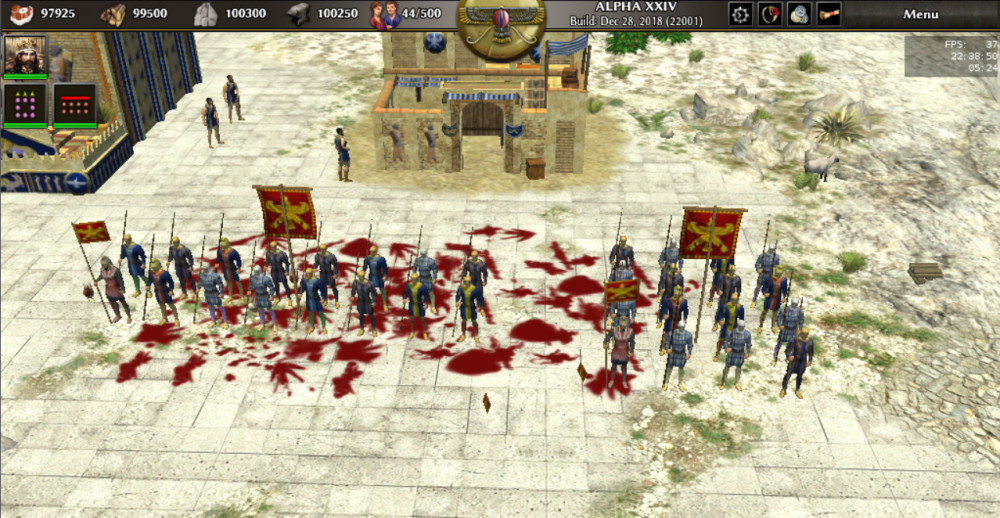
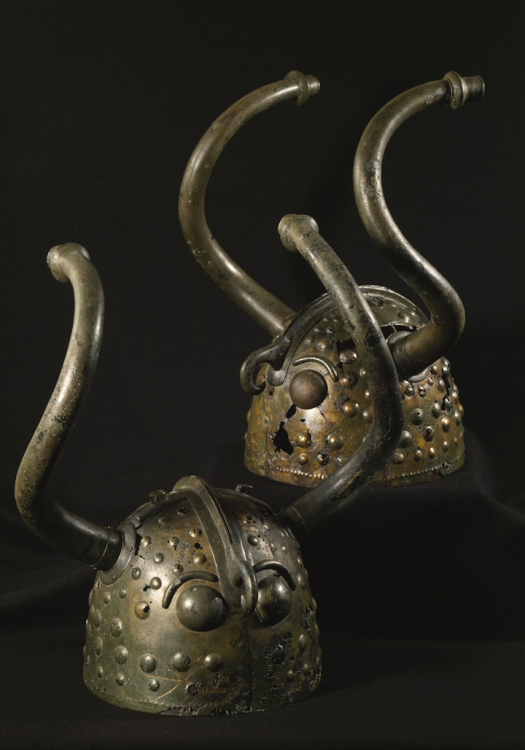
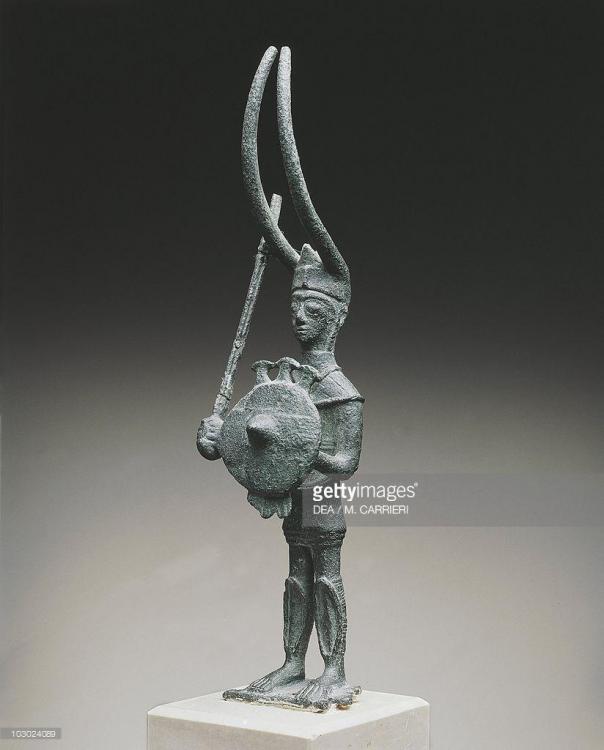
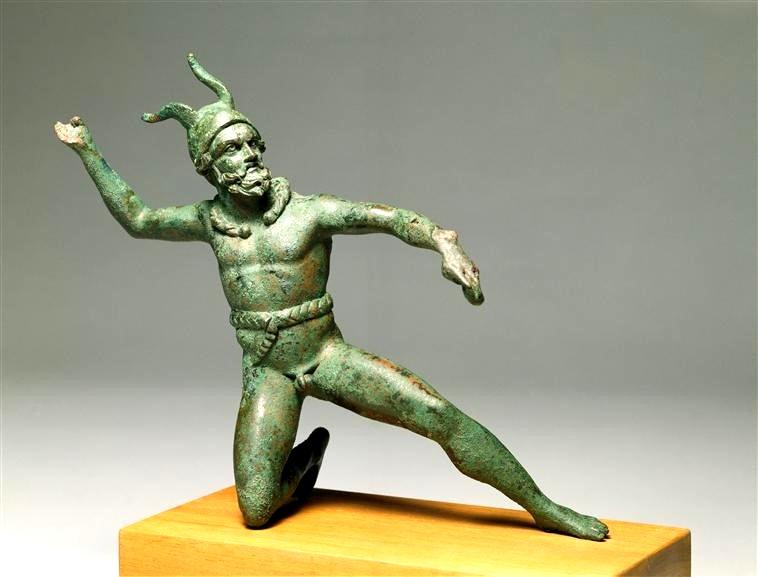
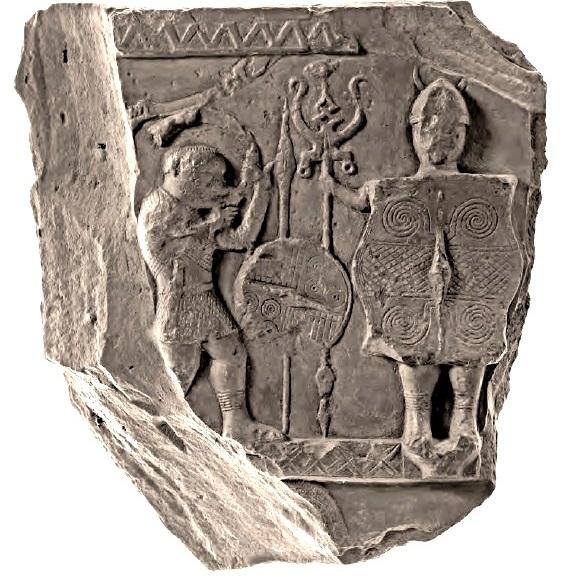
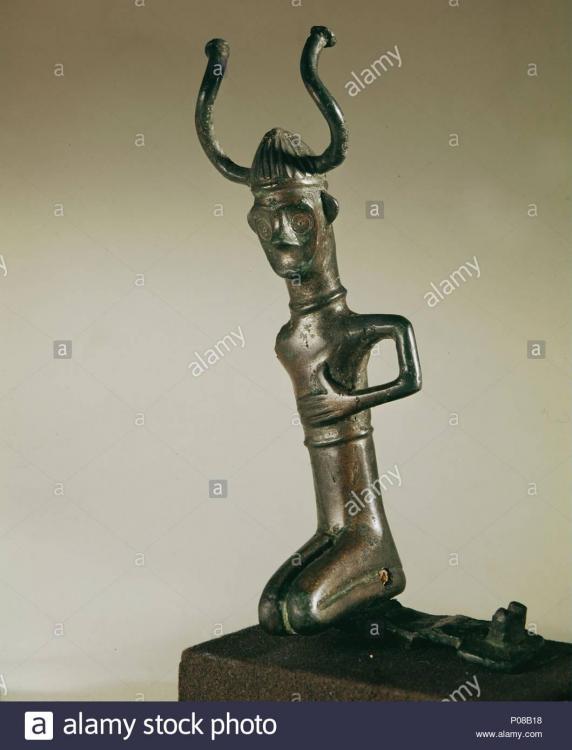
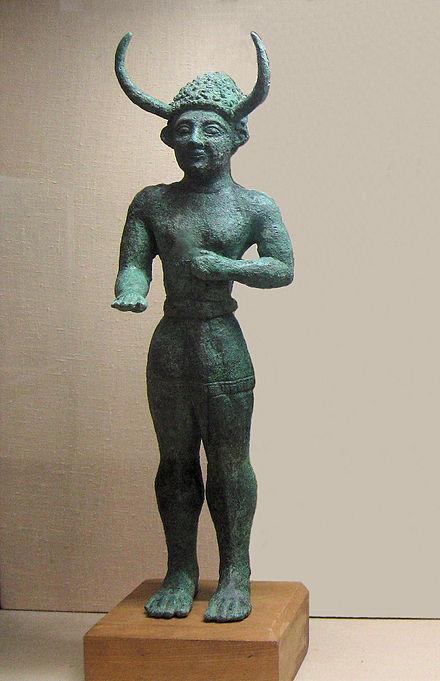
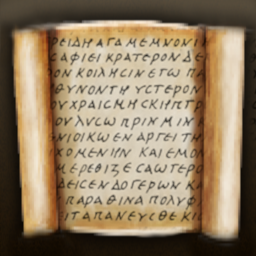
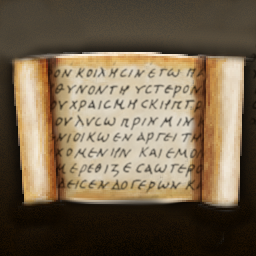
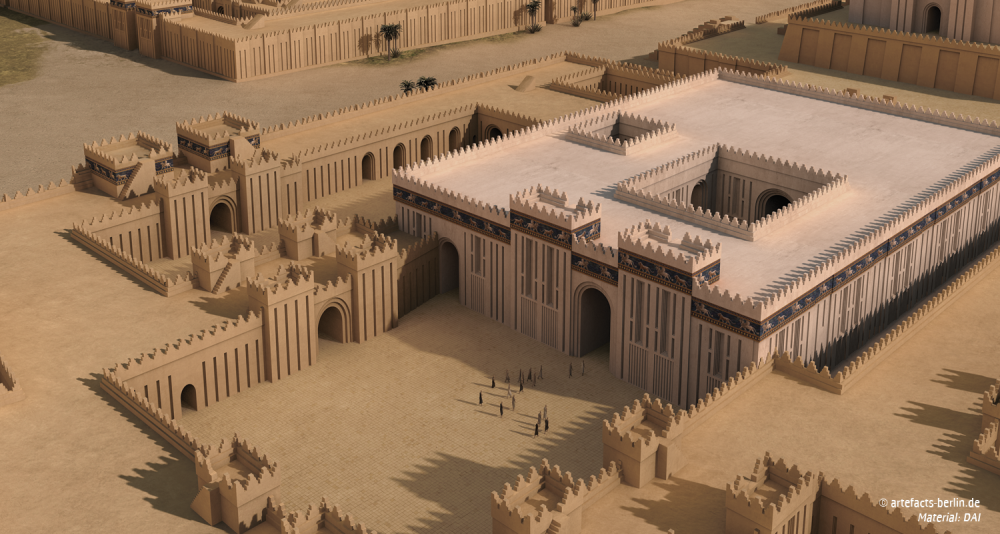
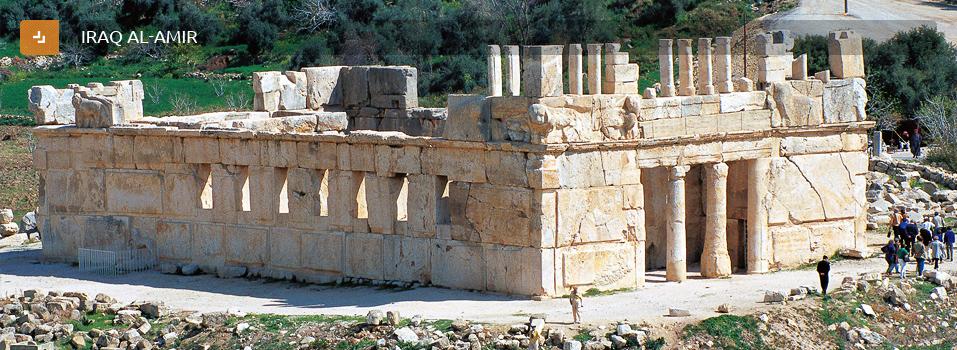
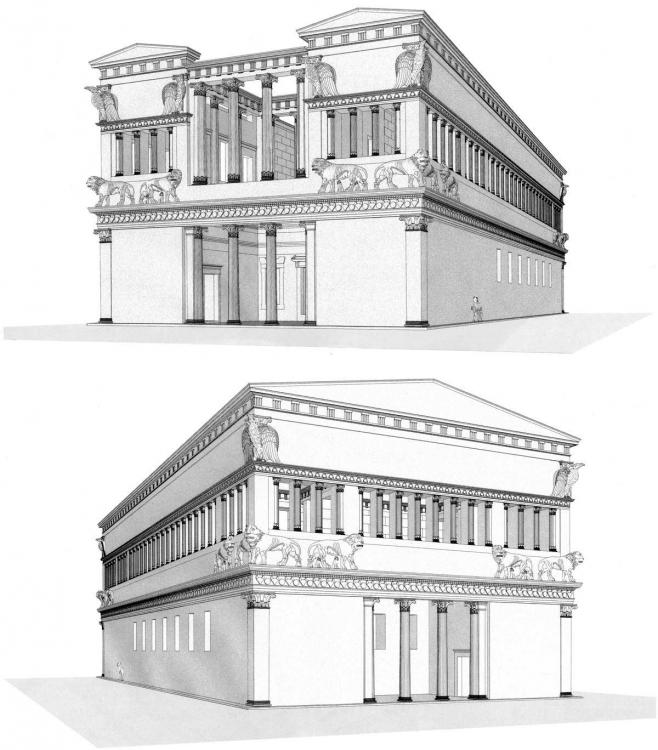
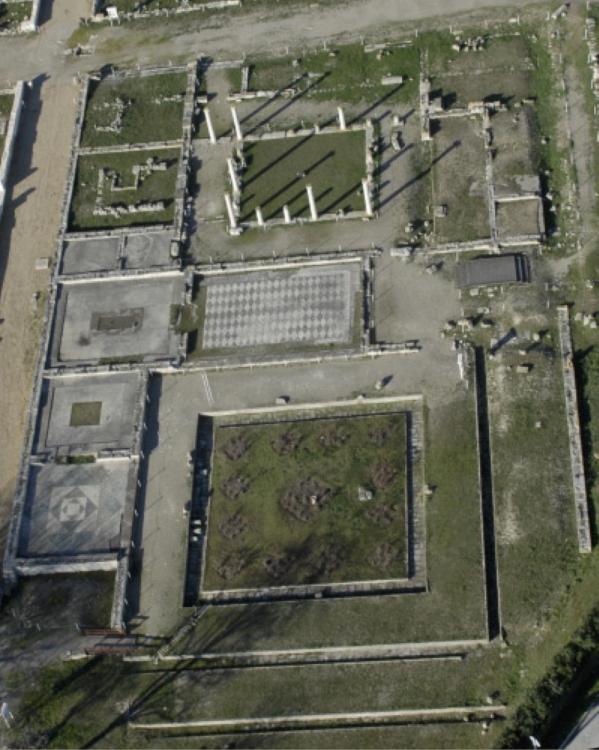
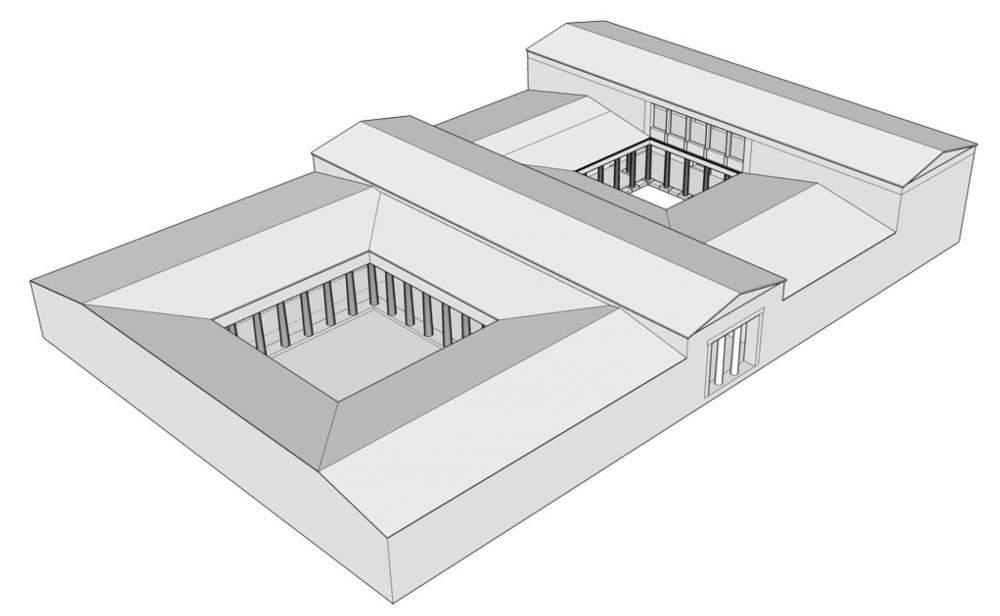
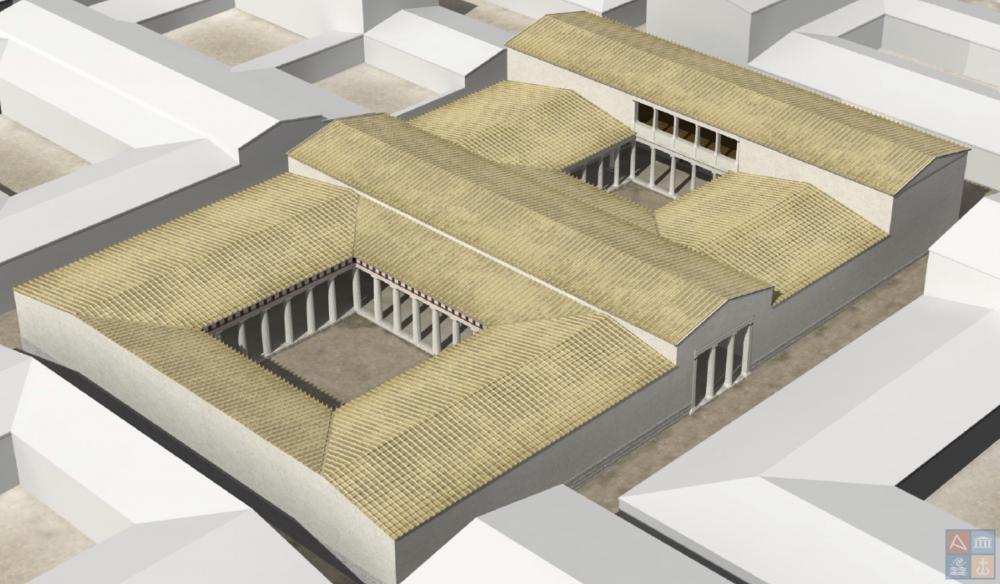
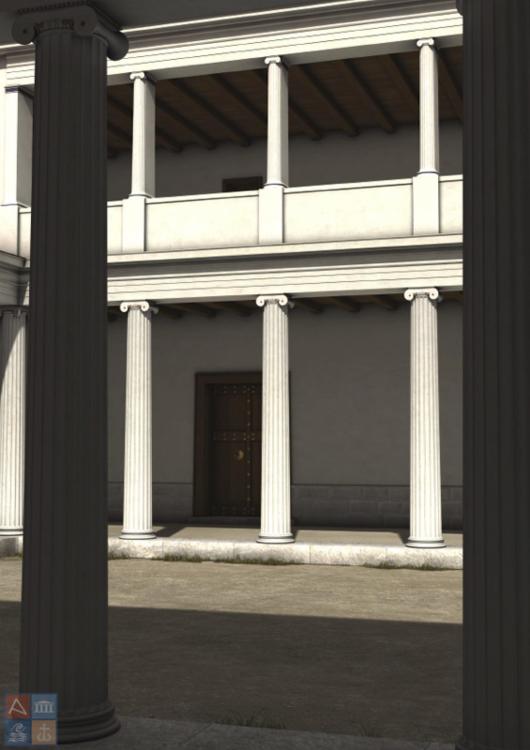
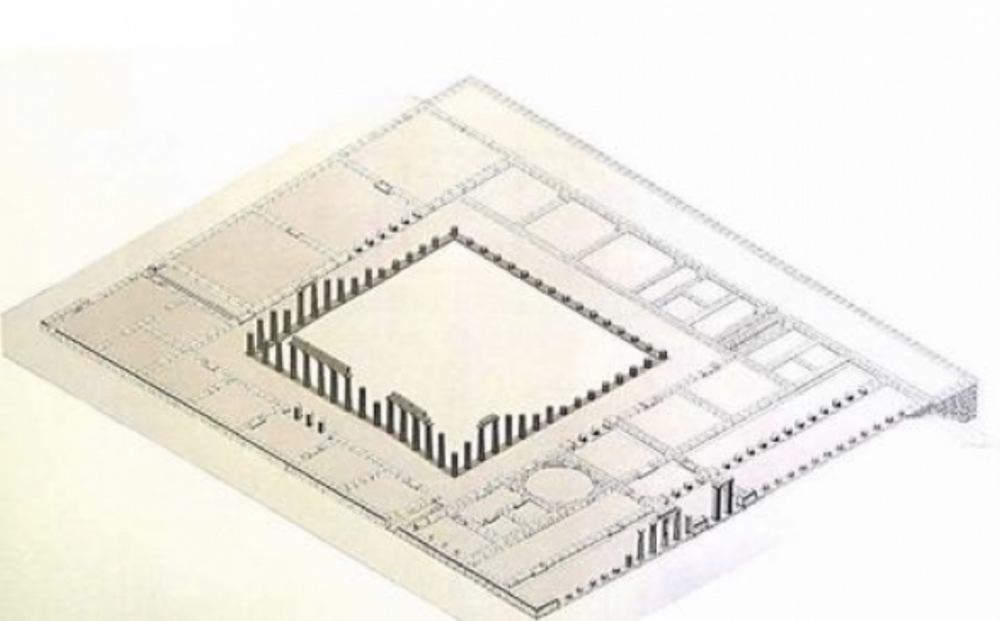
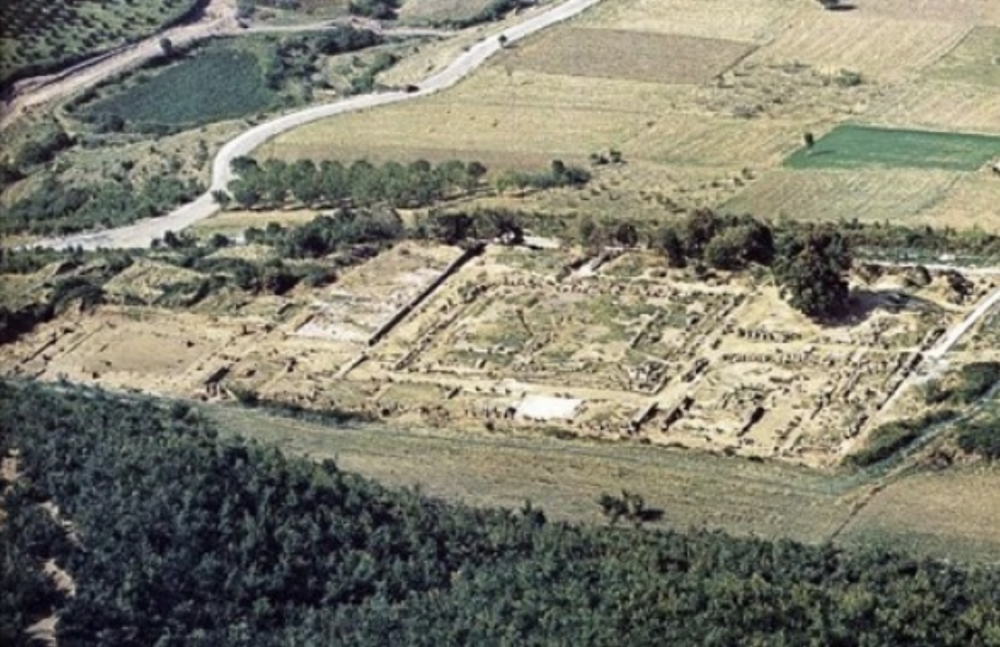
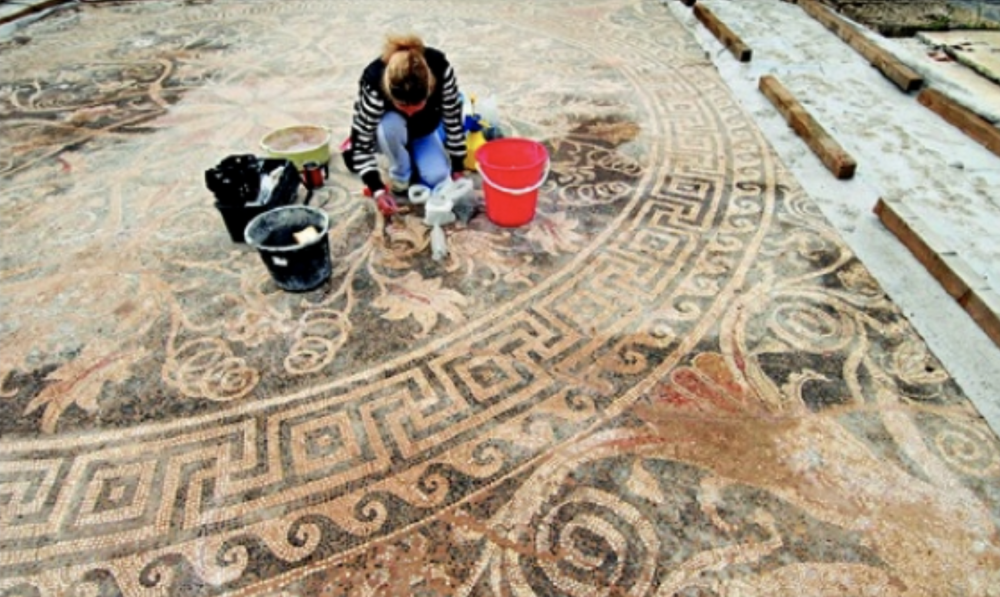
.jpg.a5feb0e4b9933de59f559b3bbc694fef.jpg)
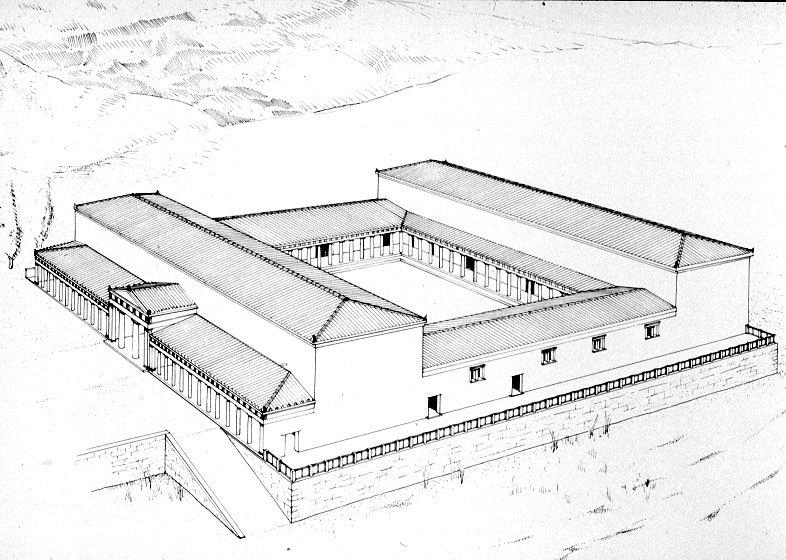
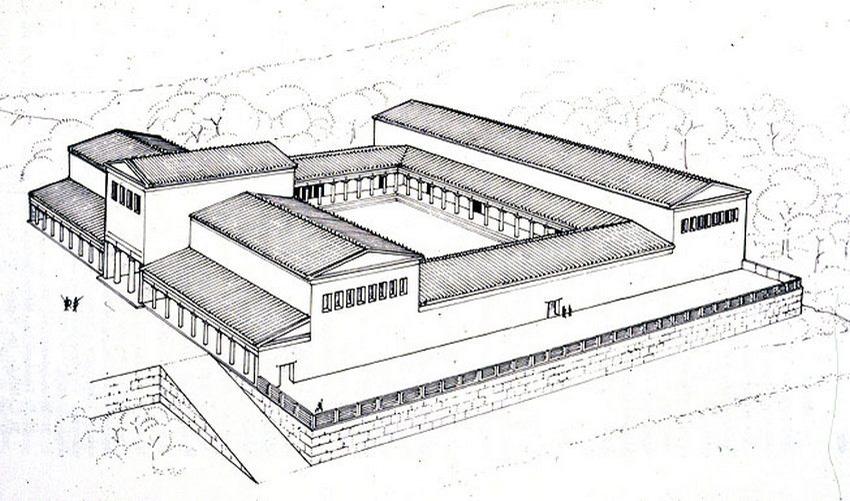
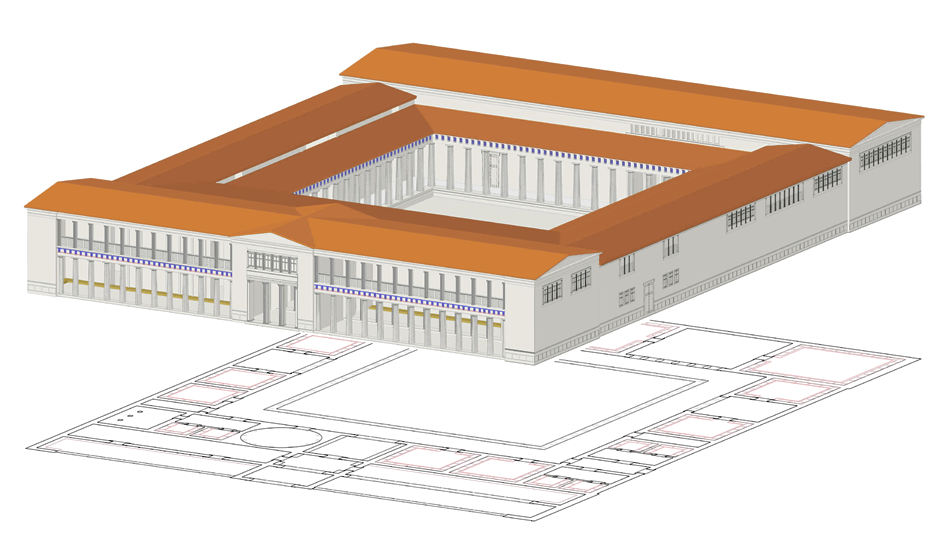
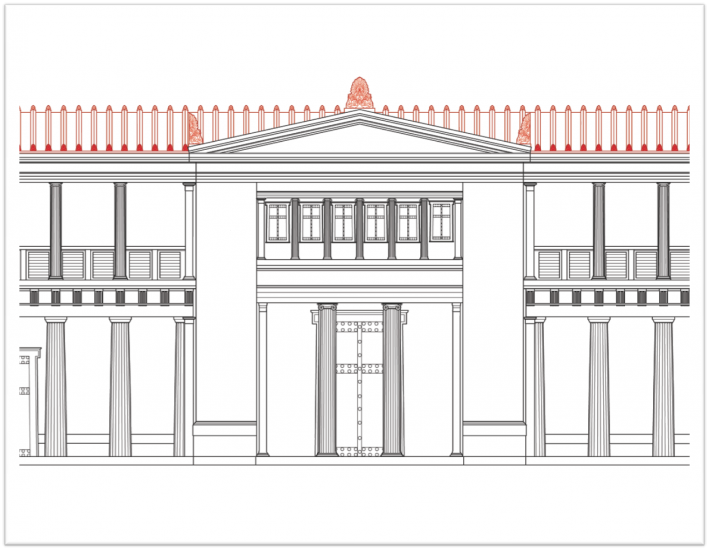


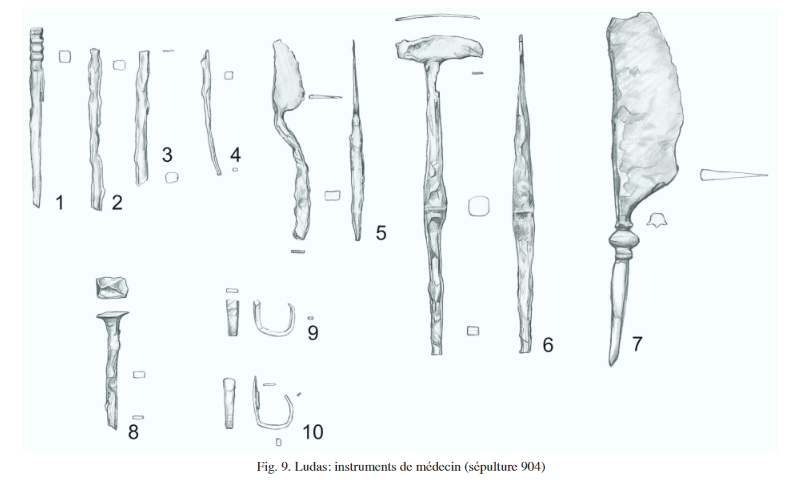
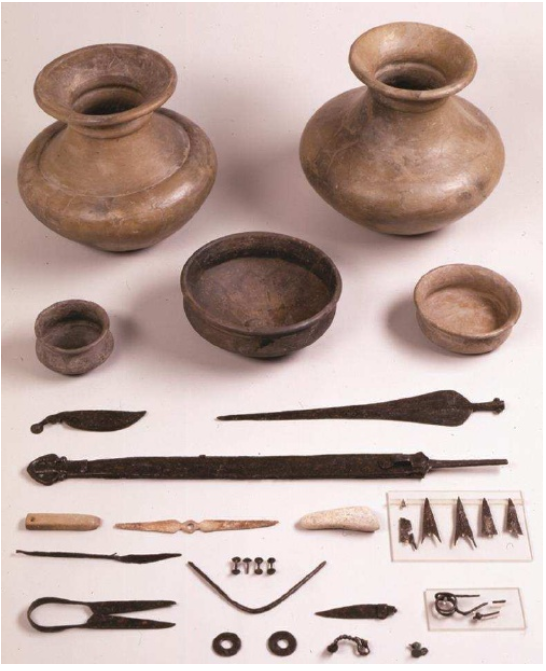
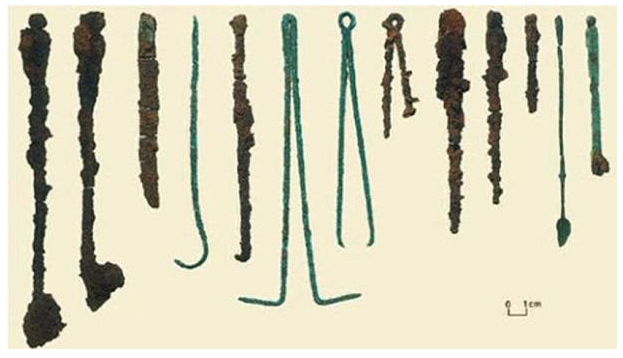
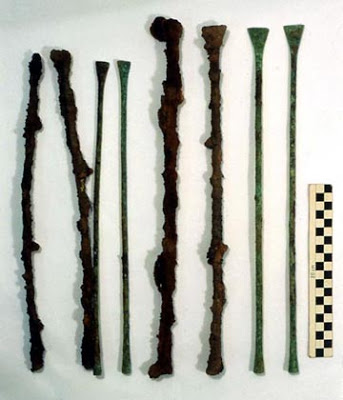
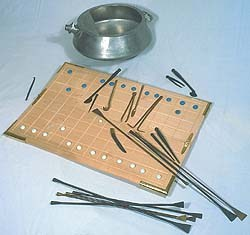

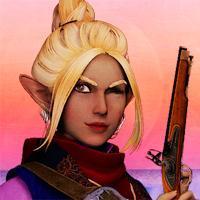
.thumb.png.ce58cea22940c255f5b0a735d5abee36.png)